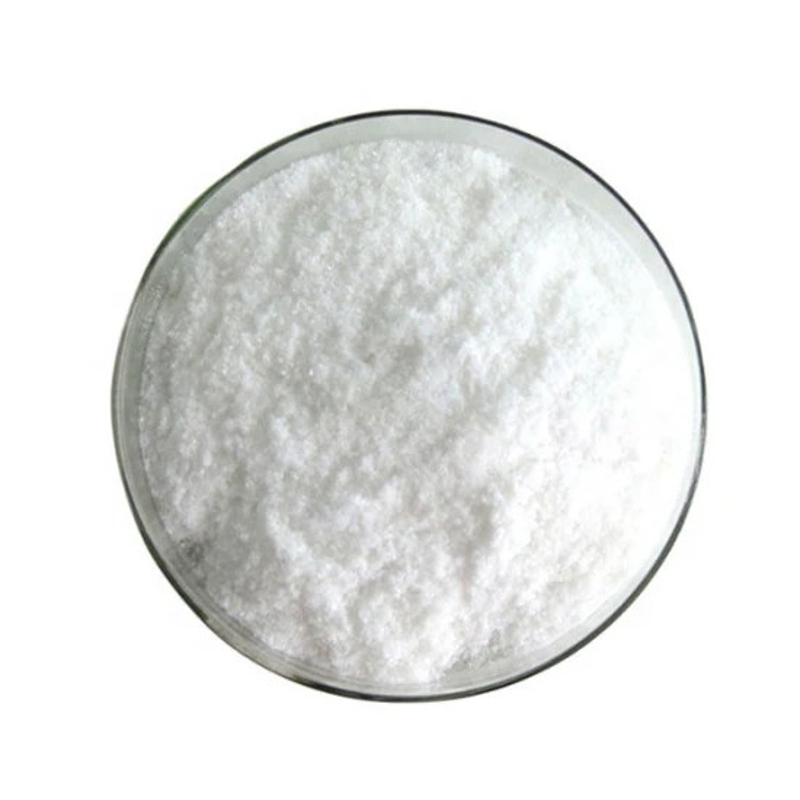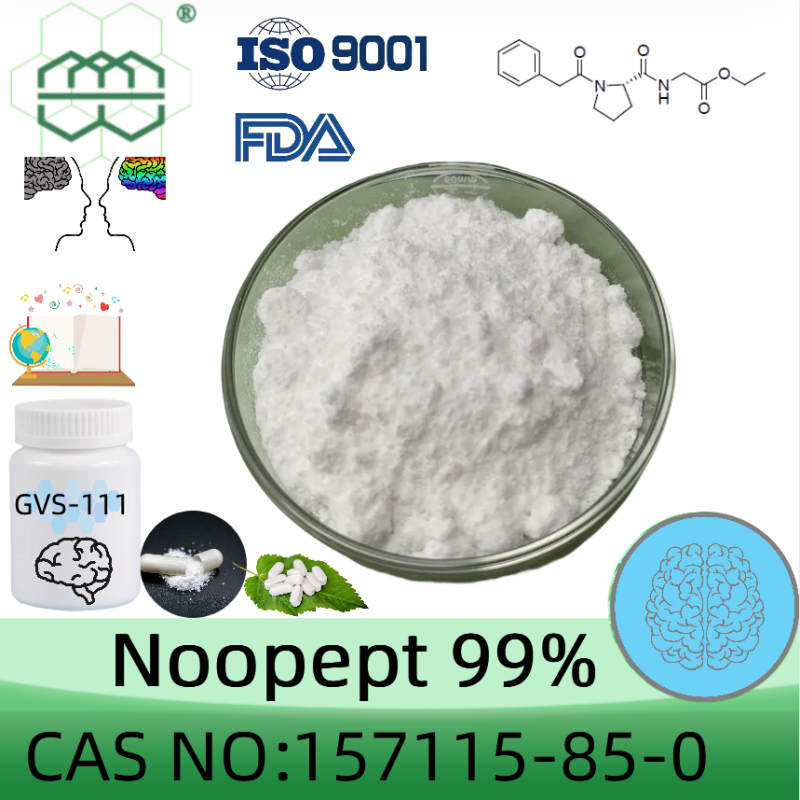-
Categories
-
Pharmaceutical Intermediates
-
Active Pharmaceutical Ingredients
-
Food Additives
- Industrial Coatings
- Agrochemicals
- Dyes and Pigments
- Surfactant
- Flavors and Fragrances
- Chemical Reagents
- Catalyst and Auxiliary
- Natural Products
- Inorganic Chemistry
-
Organic Chemistry
-
Biochemical Engineering
- Analytical Chemistry
-
Cosmetic Ingredient
- Water Treatment Chemical
-
Pharmaceutical Intermediates
Promotion
ECHEMI Mall
Wholesale
Weekly Price
Exhibition
News
-
Trade Service
Since last year, the prices of major global crops have soared, and international food prices have risen significantly
Analysts believe that China's food prices do not have the basis for a sustained rise
Multiple factors boost international food prices
Since May last year, international food prices have climbed out of their troughs and have continued to rise, led by the prices of agricultural products such as wheat, soybeans, and corn
The long-term trend of the food price index and the CRB commodity price index is highly correlated
"This round of international food price increases began at the end of 2020.
From an industrial point of view, Wang Na, research director of agricultural products at Everbright Futures, explained to a reporter from China Securities News that the main factor behind the increase in food prices is the expected reduction in output caused by the dry weather
On the macro level, Wang Chengqiang, director of the New Era Futures Research Institute, analyzed to a reporter from the China Securities Journal that factors such as loose currency and rising shipping costs have contributed to buyer sentiment in the agricultural product market
Restricted linkage of agricultural assets
From the perspective of the international market, it can be seen from the stock price trend of the global agriculture and food giant Bunge that it has already shown the impact of this round of rising food prices
Zhang Ruihao, an agricultural product analyst at Meierya Futures, told a reporter from China Securities News that changes in asset prices may lag behind the fluctuations in grain prices, but the trend is the same
Wang Na believes that rising international food prices will not be smooth sailing
From the perspective of the domestic market, the prices of agricultural product futures fluctuated and climbed this year
"There is a certain correlation between agricultural asset prices and grain price fluctuations, but the specific impact should be judged based on multiple factors such as the location of the company's industrial chain and the comprehensive development of the company
Wang Na further analyzed that in the stock market, some breeding stocks have stabilized and rebounded at a low level.
"Asset prices are anchored to basic assets and change, and there is resonance between agricultural asset prices and grain price fluctuations
Negative factors begin to emerge
Looking ahead, many analysts believe that the short-term performance of international food prices is likely to rise but never fall
Wang Chengqiang believes that since October this year, European natural gas and Baltic dry bulk freight prices have fluctuated sharply, which means that the bull market for bulk commodities has entered the final stage
"International food prices have little impact on domestic food prices, especially for wheat and rice prices
.
China's wheat and rice markets are basically self-sufficient, with relatively small imports and exports from the international market, and they are basically separated from the international market
.
Take wheat price as an example.
The purchase price is basically determined by the state.
In the past ten years, the price has fluctuated between RMB 2,300 and RMB 2,800 per ton, with small fluctuations.
At the same time, the State Reserve has ample inventory and strong supply adjustment capabilities
.
" Liu Bowen said
.
However, analysts believe that the import dependence of oilseeds and fats (especially palm oil) is relatively high, and the transmission of international price fluctuations has a profound impact
.
Wang Na said that the impact of the international market on the Chinese market is mainly concentrated in the oil and fats sector, but as the country's expectations for the oil and fat selling policy increase, oil prices have also shown a high drop
.
"Agricultural investment opportunities require specific analysis of specific issues, focusing on finding key variables and drivers
.
At the end of 2021 and early 2022, there will be seasonal trading opportunities for agricultural products such as
oil and meal futures and leading stocks in the hog sector .
" Wang Chengqiang said
.







